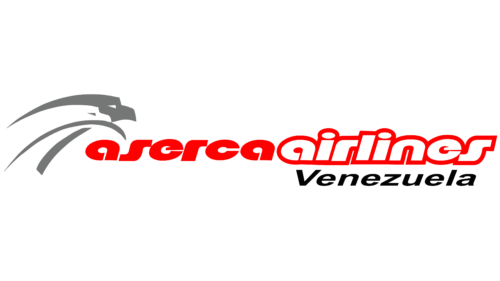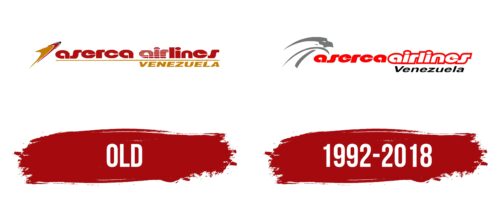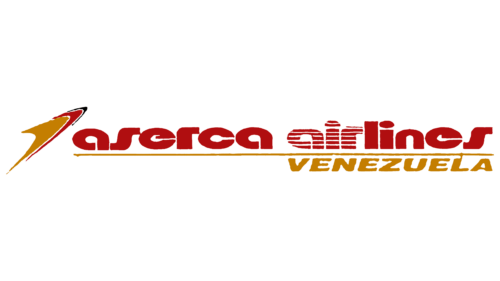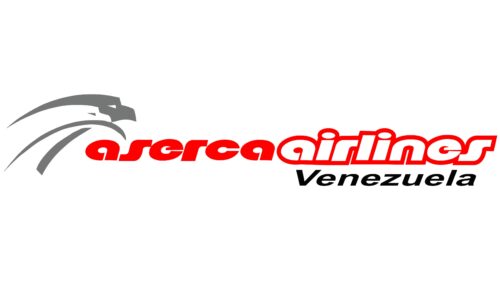Aserca Airlines, like a proud and powerful bird, soars at its peak. The sky is the company’s main domain. Remembering its roots and striving for Venezuela’s prosperity, the brand efficiently and with high quality carries out various cargo and passenger flights.
Aserca Airlines: Brand overview
In the late 1960s, Simeon Garcia and his wife Migdalia Garcia, two Venezuelan entrepreneurs, started a company to meet the needs of the local mining and oil industries. They launched the airline on March 6, 1968, in Valencia, Venezuela, with a startup fund of 2 million Venezuelan bolivars.
Getting off the ground took nearly 25 years because of delays in getting the right permits, building a fleet, and recruiting staff. The airline finally took off on September 14, 1992, with a commercial flight from Valencia to Puerto Ayacucho using a 19-seat Shorts 330 turboprop.
Between 1992 and 1995, the company focused on charter flights for cargo and workers alongside regular flights connecting Valencia, Caracas, and other cities in Venezuela. It started flying internationally between 1996 and 1998, adding flights to Caribbean islands like Cuba, Aruba, and Curacao and expanding its fleet to include Boeing 737-300 jets.
By the late 1990s, they had a mixed fleet of turboprop and jet planes. In the 2000s, it began flying to North American cities like Miami, Toronto, and Montreal.
In the 2010s, the airline focused on Caracas’s Maiquetia airport as its main hub for international flights. In 2014, Venezuela’s worsening economic crisis began affecting the airline, leading to low flight occupancy and financial issues.
Despite attempts to save the company through loans and debt restructuring from 2016 to 2018, its financial problems worsened. On May 22, 2018, it had to stop operations and file for bankruptcy because its debts had grown to over $100 million.
When it closed, the airline had six Boeing 737-300s and four Shorts 330s and employed about 630 people. The long economic crisis and the devaluation of Venezuela’s currency made it hard for the company to find financial support.
Meaning and History
What is Aserca Airlines?
It was a Venezuelan airline based in Valencia. It operated domestic flights within Venezuela and some international routes to the Caribbean and other regions of Latin America. Known for its service to the Venezuelan market, it provided essential connectivity for passengers traveling in the region. The airline’s fleet consisted of various types of airplanes for both business and leisure travelers. The company ceased operations due to financial difficulties and problems with regulators.
Old
The company has chosen a sleek, space-inspired font for its logo. The letter A is designed with open swirls that suggest a launch on a runway, signaling readiness to embark on a new journey. The curved S and R resemble turns in the road, introducing motion and direction change elements, symbolizing the company’s flexibility and adaptability.
To the left of the company name, a stylized image of a rocket is highlighted in red at the top. This feature indicates the rapid pace at which the company aims to develop. The golden flame depicted behind the rocket represents a relentless source of energy and a genuine desire to reach new heights.
The brand is focused on success and growth, with a clear orientation towards high goals. The word “Air,” interspersed with thin lines depicting wind, blends into the background and becomes almost invisible, suggesting the company’s pervasive presence in the airspace.
The company’s location is highlighted with a color identical to the golden fire of the engines, emphasizing a connection to its homeland and respect for the country, which is a source of inspiration for Aserca Airlines. A moving line between the words further emphasizes the brand’s dynamism and activity, adding a sense of motion and energy to the overall image of the logo.
1992 – 2018
Both parts of the Aserca Airlines name are written in the same rounded lowercase font. The first word, “aserca,” is entirely red, while the second word, “airlines,” features red outlines with white fill. Due to the extra lines around the edges, “airlines” appears larger than “aserca.” Below these, the italicized black word “Venezuela” adds a national touch. On the left side of the logo, a gray eagle head is depicted, with the negative space cleverly forming the head of a smaller bird.
The red and white contrast in the logo represents the airline’s dynamism and ensures clarity. The italicized “Venezuela” enhances the logo’s national identity. The eagle’s head symbolizes strength and freedom, key qualities in air travel. The smaller bird’s head in negative space adds depth and complexity, reflecting the airline’s attention to detail.
The rounded lowercase font used for both parts of the name gives a friendly and approachable feel. The bold red color of “aserca” stands out, catching the eye and conveying energy and vitality. In contrast, the white-filled “airlines” with red outlines create a balanced and harmonious look, reinforcing the brand’s dynamic nature.
The gray eagle head on the left side of the logo symbolizes power and soaring heights, fitting for an airline. The subtle inclusion of a smaller bird’s head within the negative space showcases the brand’s creativity and depth.
The italicized “Venezuela” at the bottom ties the logo to its national roots, emphasizing the airline’s connection to its home country. This element, combined with the bold and dynamic colors, creates a strong and memorable visual identity.






